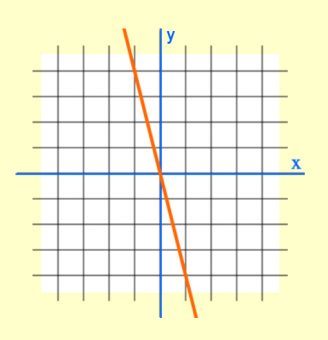PrepForward provides online preparation courses to candidates practicing compositions for state teacher tests, including the MTEL Communication and Literacy Skills exam in MA. In this series, I’ll share the most common errors I see and tips for making a solid score on each performance characteristic.
Other articles in series: Passing the Composition Exercise: Mechanics
“Careful and precise”—that’s the expectation for usage on the MTEL exams composition essay. To achieve a top score, candidates can demonstrate mastery of two different but related word choice skills: selection of academic language and maintenance of error-free usage.
Usage – Language
Your use of academic language and domain-specific vocabulary are assessed under the characteristic Usage. While writing to the audience is rated under the Appropriateness criteria, audience must also be considered with word choice. If your composition is to be directed toward educators, which it likely is, it should incorporate educator-ese —those words you hear at professional development conferences: assessment, learning gap, pedagogical, curriculum-centered, and so on.
Tips:
• Build your vocabulary. Read scholarly journals. Make a mental or physical list of domain-specific vocabulary. Become comfortable using the words in speech or writing.
• Remember word choice. As you’re concentrating on development, unity, and appropriateness, don’t forget that usage is just as important as any other point. Assessors will read your composition looking specifically at your word choice. Make sure they find what they are looking for.
• Skim the test passages. If you have time and you know you need more precise words, skim back through the test passages looking for a few interesting words. Replace general vocabulary in your composition with exact, vivid language.
Usage – Grammar
Writing must be free of grammatical errors. Watch out for these trouble spots.
• Pronoun/antecedent agreement Sample error: Everyone in the test group met their goals. NO! Everyone is singular; it takes a singular pronoun such as his, her, or its. If you want to avoid the awkward his/her, try switching the antecedent to a plural. (Correction: Students in the test group met their goals.)
• Troublesome words Do I mean affect or effect, continual or continuous? Ideally, you can recall the definition and choose the correct word. If not, substitute a different word.
• Pronoun reference Sample error: In the standards, it says students should master two-digit addition. NO! What does it refer to? Revise to avoid a pronoun reference error. (Correction: The standards indicate that students should master two-digit addition.)
• Subject/verb agreement Sample error: The first two characters in the novel is Gretchen and Beatrice. NO! Use a plural verb with a plural subject. (Correction: The first two characters in the novel are Gretchen and Beatrice.)
• Modifiers Sample error: While evaluating test results, students were found to be well prepared in math. NO! The students aren’t evaluating the test results. (Correction: While evaluating test results, teachers found that the students were well prepared in math.)
• Parallelism Sample error: The student demonstrated skill in vocabulary, mechanics, and he could decode. NO! Compound parts, or parts with similar meanings, should be written with similar grammatical structure. (Correction: The student demonstrated skill in vocabulary, mechanics, and decoding.)
Before submitting your exam, read aloud or mouth your composition. If a sentence or phrase sounds awkward, stop and smooth it out. In the process, you’ll sharpen your writing and earn a solid score reflecting your “careful and precise” usage of language and grammar.


